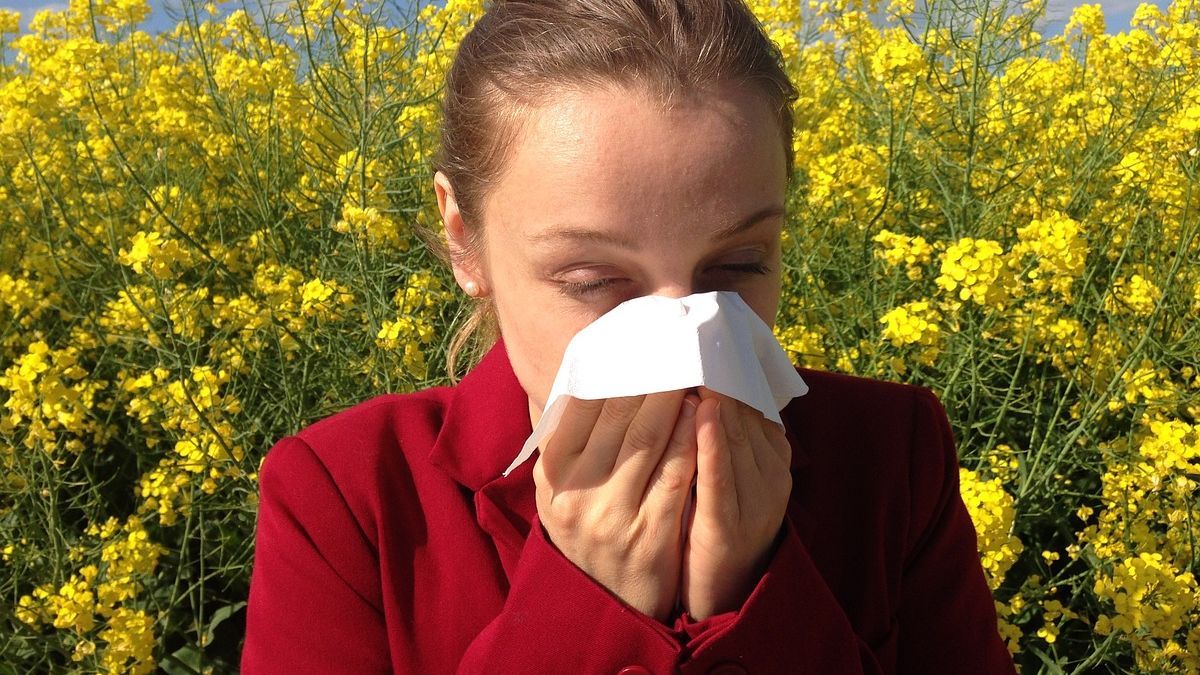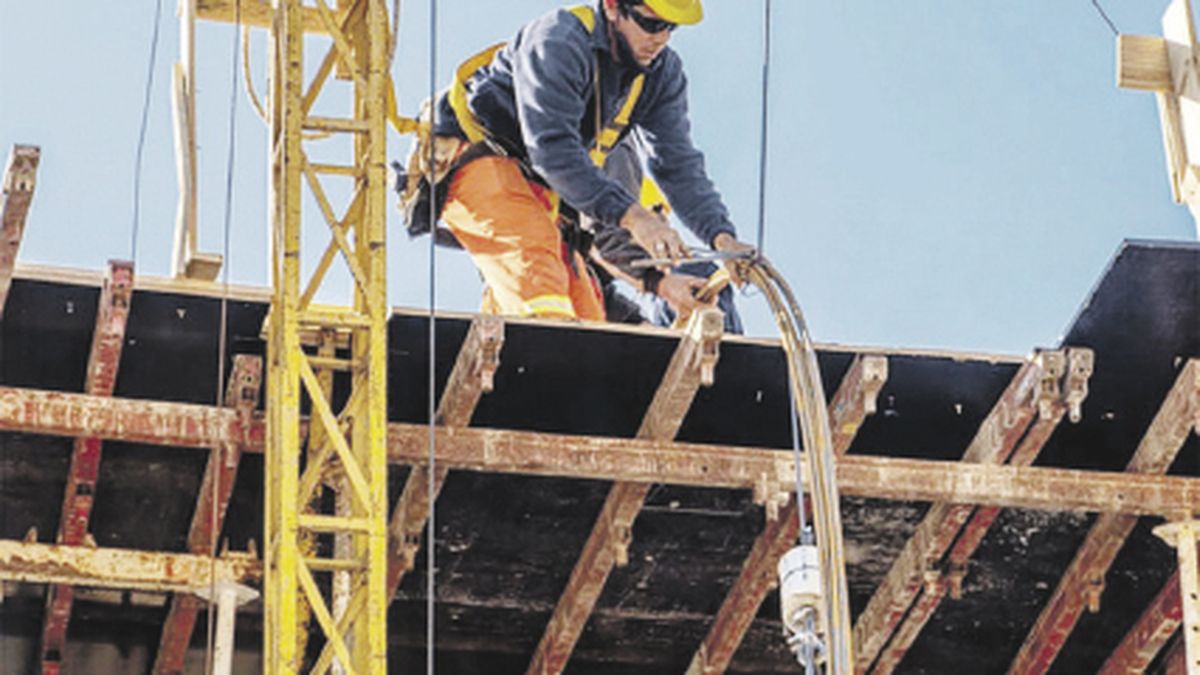With the arrival of spring, allergies begin to affect a large sector of the population. The Argentine Association of Allergy and Clinical Immunology (AAAeIC) warns that Allergic Rhinitis, one of the most common diseases in both children and adults, It affects 20% of Argentines, with symptoms ranging from nasal and ocular disorders to bronchial disorders.
The increase in pollen in the air, generated by the pollination of various plants and trees such as cypress, ash, or certain grasses, worsens the situation for those who suffer from allergic rhinitis or bronchial asthma. Likewise, other allergens such as dust mites, fungi, and pets are frequent triggers of allergic symptoms throughout the year.
The AAAeIC has implemented a pollen monitoring project in different cities of the countrywith the aim of identifying and quantifying the concentration of pollen in the air. This free service, available in cities such as Buenos Aires, Bariloche, Mendoza, Mar del Plata and Catamarca, provides patients with daily information on pollen levels, allowing them to take effective preventive measures.
According to Susana de Barayazara, President of AAAeIC, “knowing the pollen concentration is key for both patients and doctors to be able to adjust treatments and make informed decisions.” Daily monitoring also makes it easier for travelers to know the pollen species present in the areas they will visit, which will help them prevent allergic crises.
Recommendations for patients and physicians
- Patients: Check daily pollen counts, take precautions to avoid contact with allergens, and receive appropriate treatment prescribed by a specialist.
- Doctors: Use information on pollen to adjust treatments and recommend specific immunotherapy when necessary. This project, promoted by the AAAeIC, aims to provide key information for the management of the disease in each season of the year.
How to improve the quality of life of allergy sufferers?
The first step, according to AAAeIC, is to obtain an adequate diagnosis to identify the responsible allergens, such as pollen, mites or fungal spores. Timely and specific treatment, guided by allergy and immunology specialists, will allow not only the control of symptoms, but also the treatment of the underlying cause, significantly improving the quality of life of patients.
Allergic rhinitis, which debuts in 80% of cases in pediatric age, is often associated with bronchial asthma, so it is essential to perform diagnostic studies early.These studies, carried out by an allergist, allow the patient to control the symptoms and reduce the impact of the disease on their daily lives.
According to studies conducted in recent years, approximately 4 out of 10 children in Argentina have allergic rhinitis, and 3 out of 4 patients have no control over their symptoms.
Source: Ambito
I am an author and journalist who has worked in the entertainment industry for over a decade. I currently work as a news editor at a major news website, and my focus is on covering the latest trends in entertainment. I also write occasional pieces for other outlets, and have authored two books about the entertainment industry.




